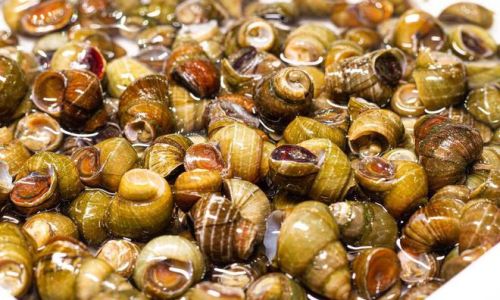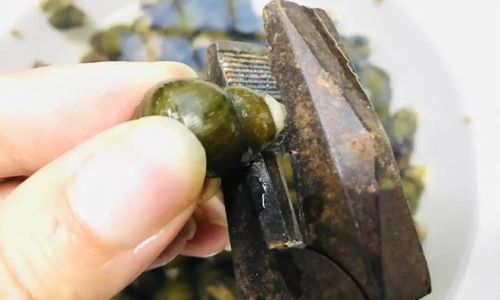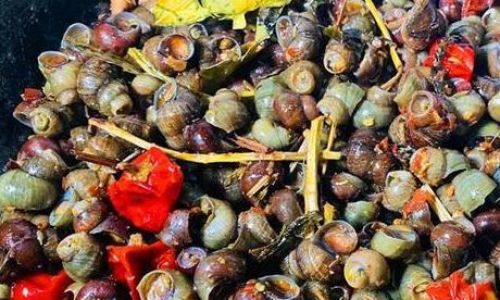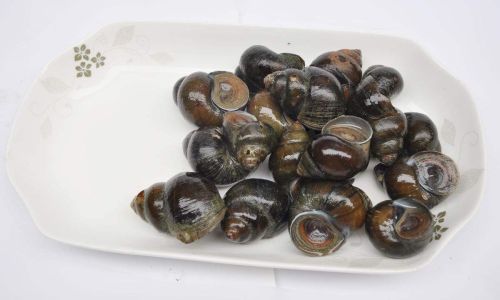Table of content
Introduction
Freshwater snails, commonly known as field snails or simply snails, are a popular delicacy in many cuisines worldwide. Their unique flavor and texture make them a staple in dishes ranging from stir-fries to soups. However, enjoying these aquatic creatures at their best requires proper storage techniques to ensure they remain fresh and safe for consumption. This article will delve into the intricacies of how to store freshwater snails effectively, addressing various aspects such as preparation, storage conditions, duration, and safety considerations. By following these guidelines, you can ensure that your freshwater snails retain their quality and flavor until you’re ready to cook them.
Understanding Freshwater Snails
Before discussing storage methods, it’s crucial to understand the basic biology and characteristics of freshwater snails. These mollusks typically inhabit slow-moving or stagnant freshwater bodies like lakes, ponds, and rivers. They have a spiral shell that protects their soft body and a muscular foot used for movement. Freshwater snails are hermaphroditic, meaning they possess both male and female reproductive organs, allowing them to fertilize each other’s eggs.
When sourcing freshwater snails for consumption, it’s essential to ensure they come from clean, pollution-free environments. Contaminated snails can harbor parasites and diseases that pose health risks to humans. Therefore, purchasing snails from reputable suppliers or collecting them yourself from known, safe locations is paramount.
Preparation for Storage
Before storing freshwater snails, proper preparation is key. This involves cleaning and, in some cases, processing the snails to remove any dirt, debris, or potential contaminants. Here’s a step-by-step guide to preparing freshwater snails for storage:
-
Collection and Sorting: If collecting snails yourself, use a net or your hands to gather them. Once collected, sort through the snails to remove any dead or damaged ones. Dead snails can quickly decompose and spoil the entire batch.

-
Cleaning: Rinse the live snails thoroughly under clean, running water. Use a soft brush to scrub the outer surface of their shells to remove algae, mud, and other impurities. Be careful not to damage the soft tissue inside the shell.
-
Purging: Some recipes recommend purging snails to remove any sand or grit in their digestive tracts. This can be done by placing the snails in a bucket of clean water for a few days, changing the water daily. However, this step is optional and may not be necessary if the snails are to be cooked immediately after storage.

-
Inspection: Carefully inspect each snail for any signs of injury or disease. Discard any that appear unhealthy or have broken shells.
Storage Methods
There are several methods for storing freshwater snails, each with its own set of advantages and disadvantages. The choice of method will depend on factors such as the duration of storage, available resources, and personal preference. Here are some common storage techniques:

Refrigeration
Refrigeration is the most common and straightforward method for storing freshwater snails. It involves placing the cleaned snails in an airtight container lined with a damp paper towel or cloth to maintain humidity. The container should then be placed in the refrigerator’s coldest section, ideally at a temperature of around 32-39°F (0-4°C).
- Advantages: Refrigeration slows down bacterial growth and extends the shelf life of the snails.
- Disadvantages: Snails stored in the refrigerator may lose some of their firmness and texture over time.
- Duration: Freshwater snails can be stored in the refrigerator for up to a week.
Freezing
For longer-term storage, freezing is a viable option. To freeze snails, clean and purge them as described earlier. Then, blanch them in boiling water for about 2-3 minutes to kill any bacteria and stop enzyme activity that could cause spoilage. After blanching, plunge the snails into ice water to stop the cooking process and maintain their color and texture. Pat them dry with paper towels and place them in single layers on a baking sheet before transferring them to freezer-safe containers or bags.

- Advantages: Freezing preserves the snails for several months and is effective at inhibiting bacterial growth.
- Disadvantages: Frozen snails may lose some of their flavor and texture upon thawing.
- Duration: Freshwater snails can be stored in the freezer for up to 6 months.
Live Storage
For those who prefer to keep their snails live until just before cooking, live storage is an option. This involves maintaining a controlled environment that mimics the snails’ natural habitat as closely as possible. You can use a large aquarium or tank filled with clean, filtered water and aquatic plants to provide oxygen and food.
- Advantages: Live storage allows the snails to remain in their natural state, preserving their freshness and texture.
- Disadvantages: It requires more maintenance and equipment, including a filtration system to keep the water clean.
- Duration: Live storage can last for several days to a week, depending on the conditions and the health of the snails.
Safety Considerations
Regardless of the storage method chosen, safety should always be a top priority. Here are some essential safety tips to keep in mind:

- Handling: Always wash your hands thoroughly before and after handling snails to prevent the spread of bacteria.
- Cross-Contamination: Store snails separately from other foods to avoid cross-contamination.
- Cooking: Ensure that snails are cooked to an internal temperature of at least 145°F (63°C) to kill any potential parasites or bacteria.
- Disposal: Dispose of any unused or spoiled snails properly to prevent contamination of other food items.
Conclusion
Storing freshwater snails properly is essential for ensuring their safety, freshness, and quality. By choosing the right storage method based on your needs and preferences, you can enjoy these delicious mollusks at their best. Whether you opt for refrigeration, freezing, or live storage, always prioritize cleanliness, proper handling, and safety to minimize the risk of foodborne illness. With these guidelines in mind, you can confidently store and enjoy freshwater snails anytime you wish.






0 comments